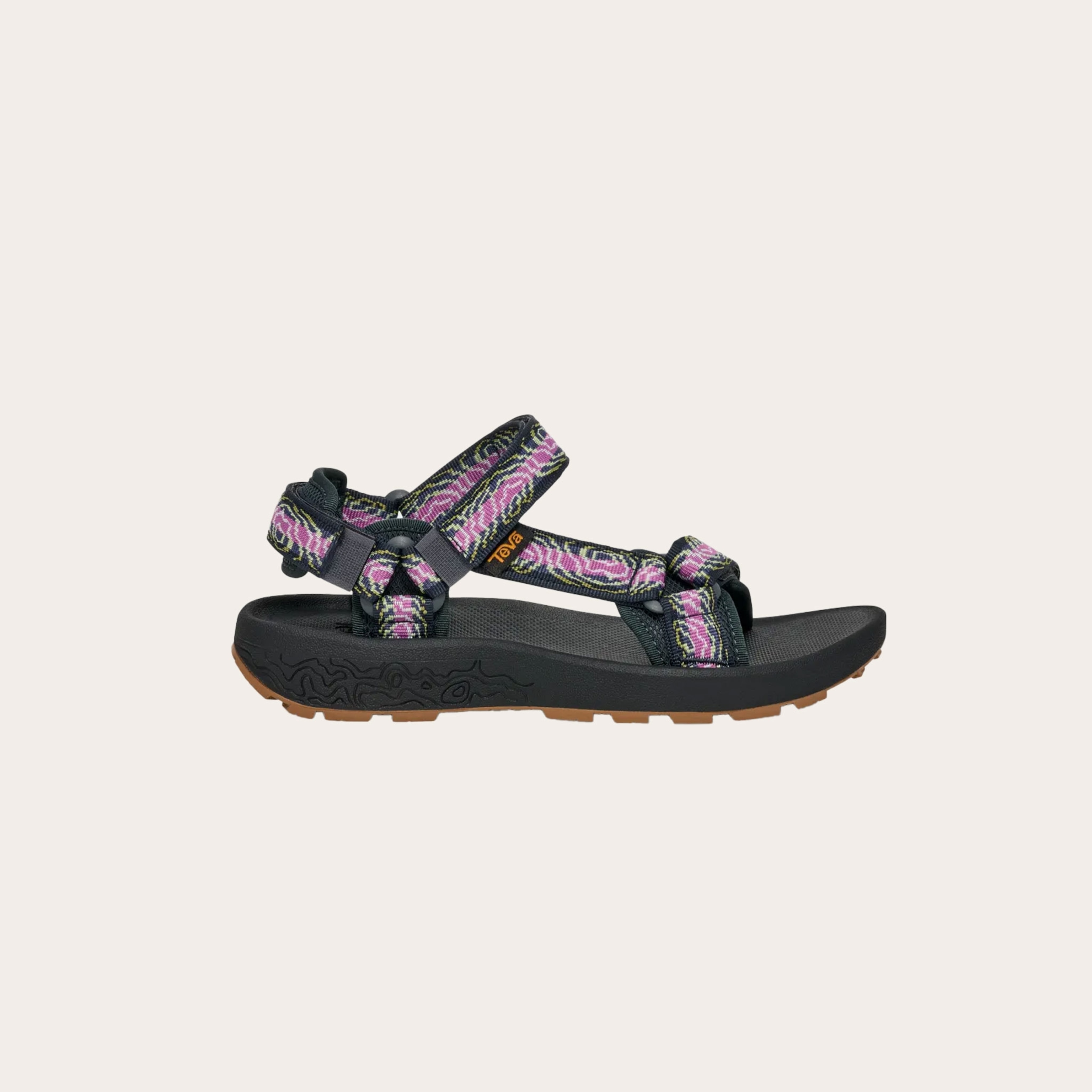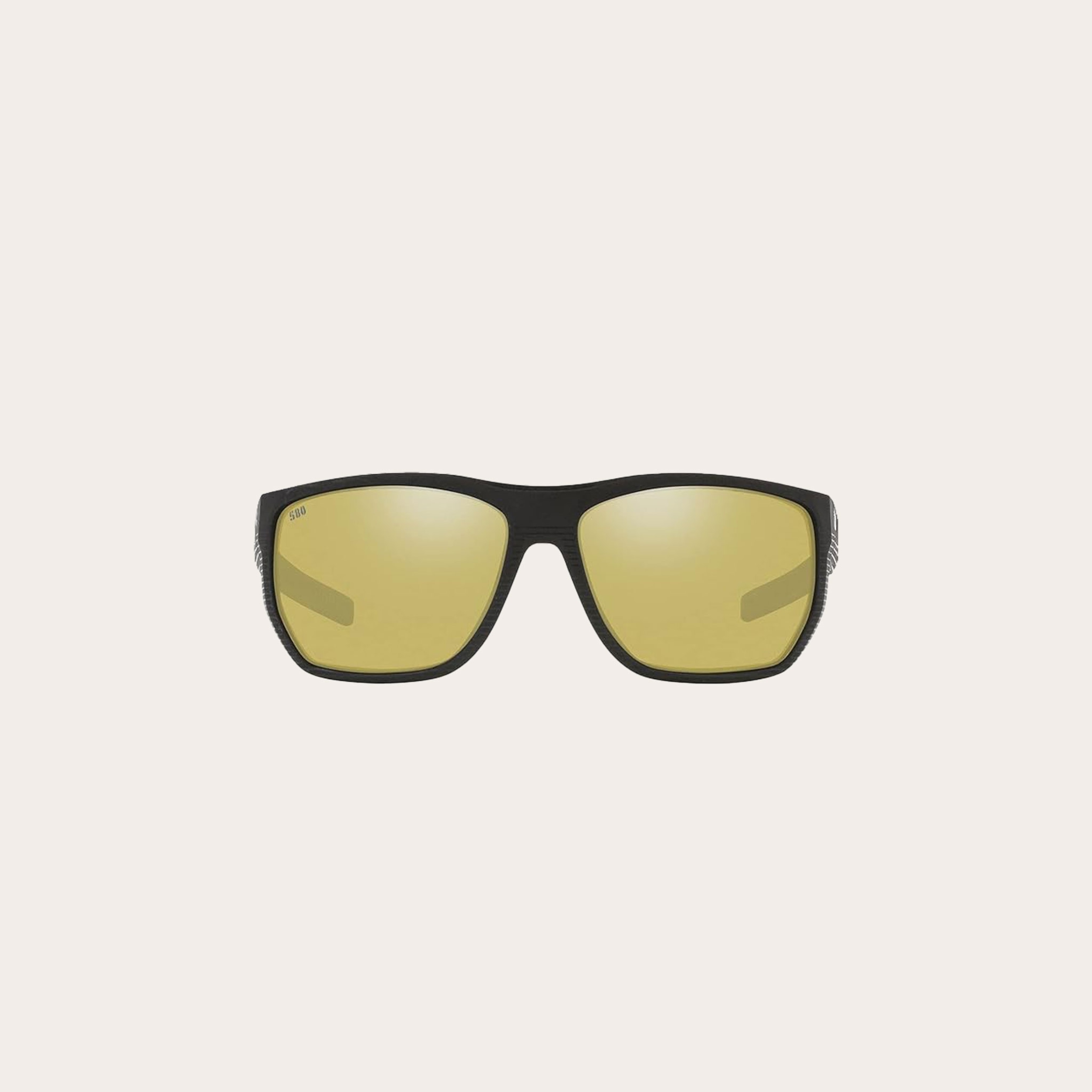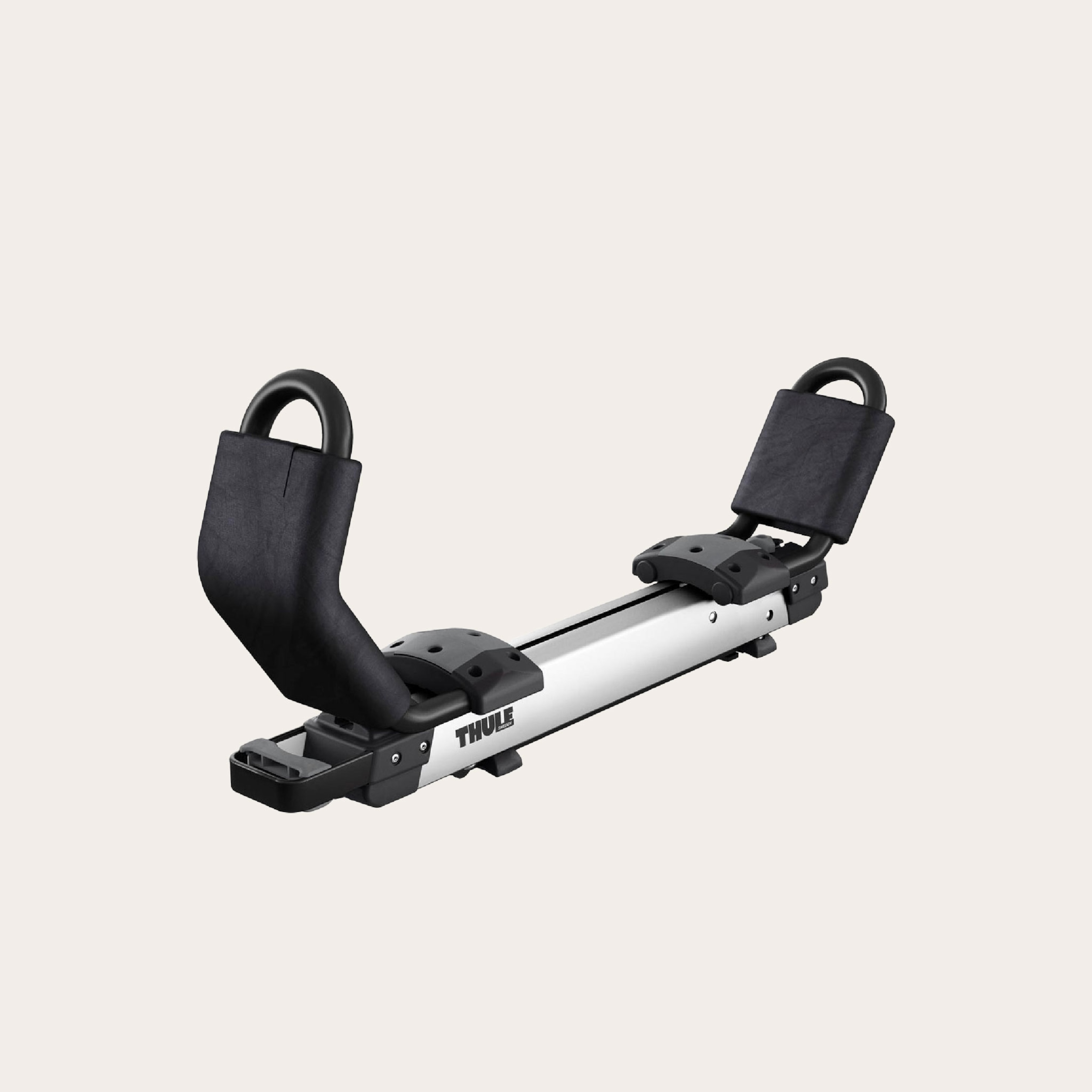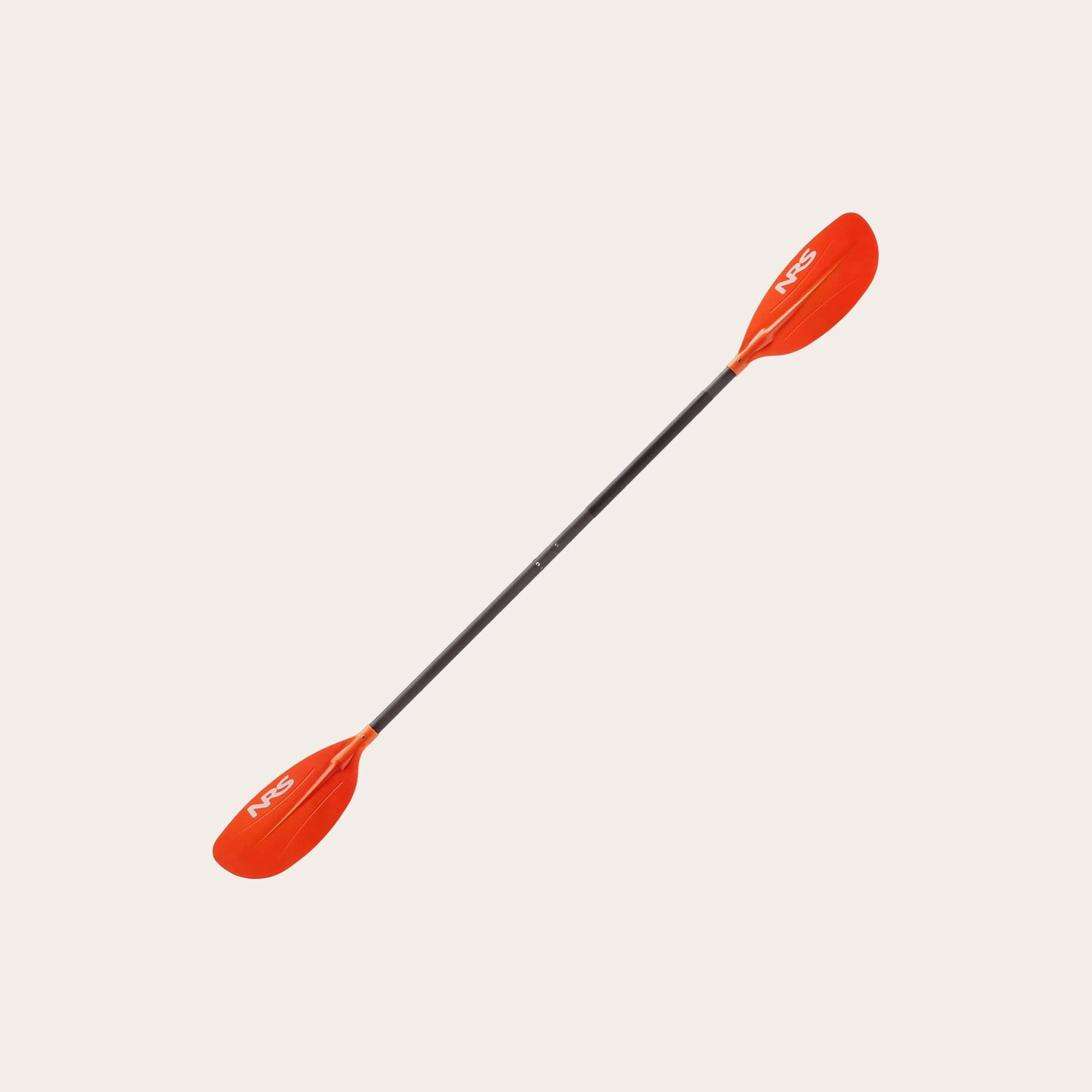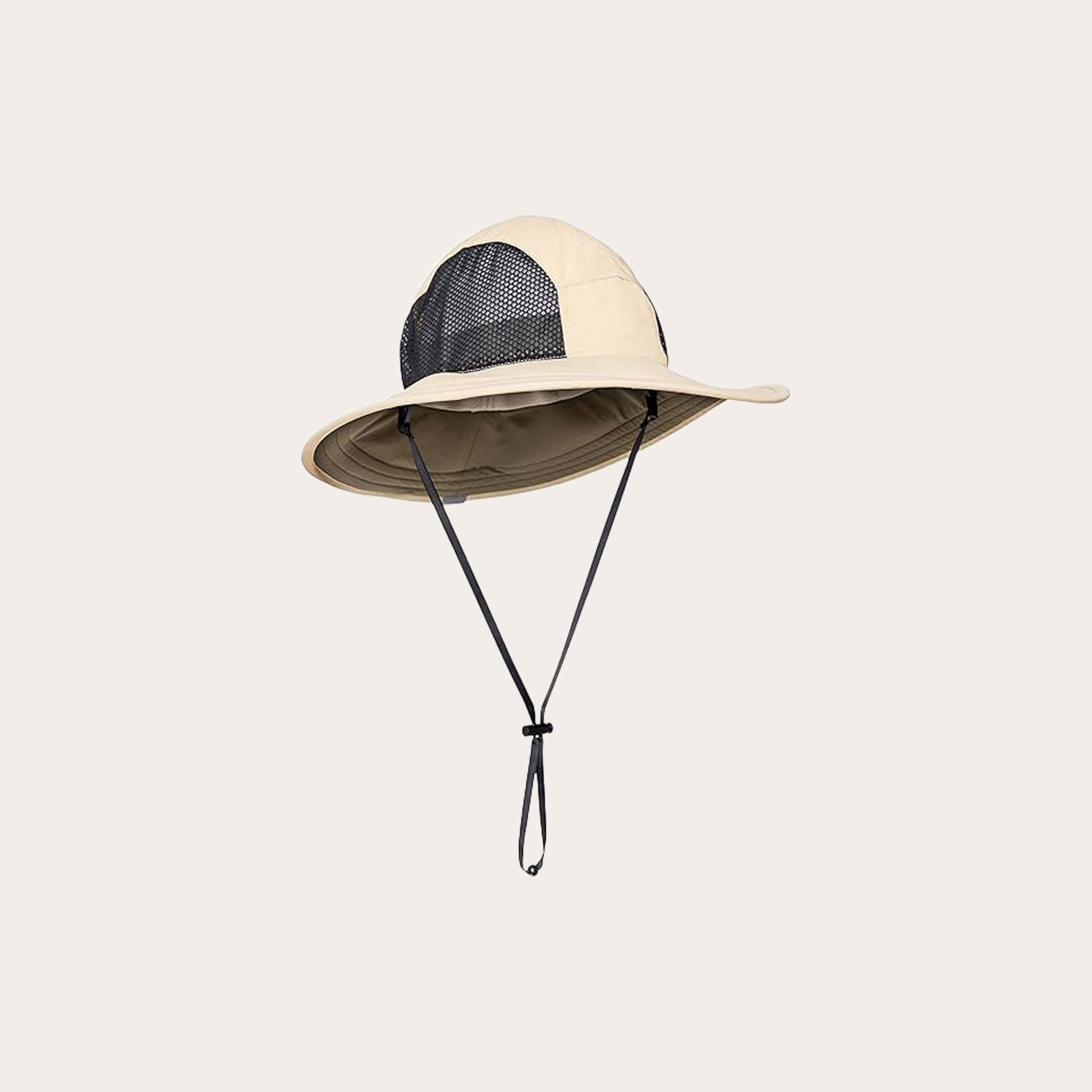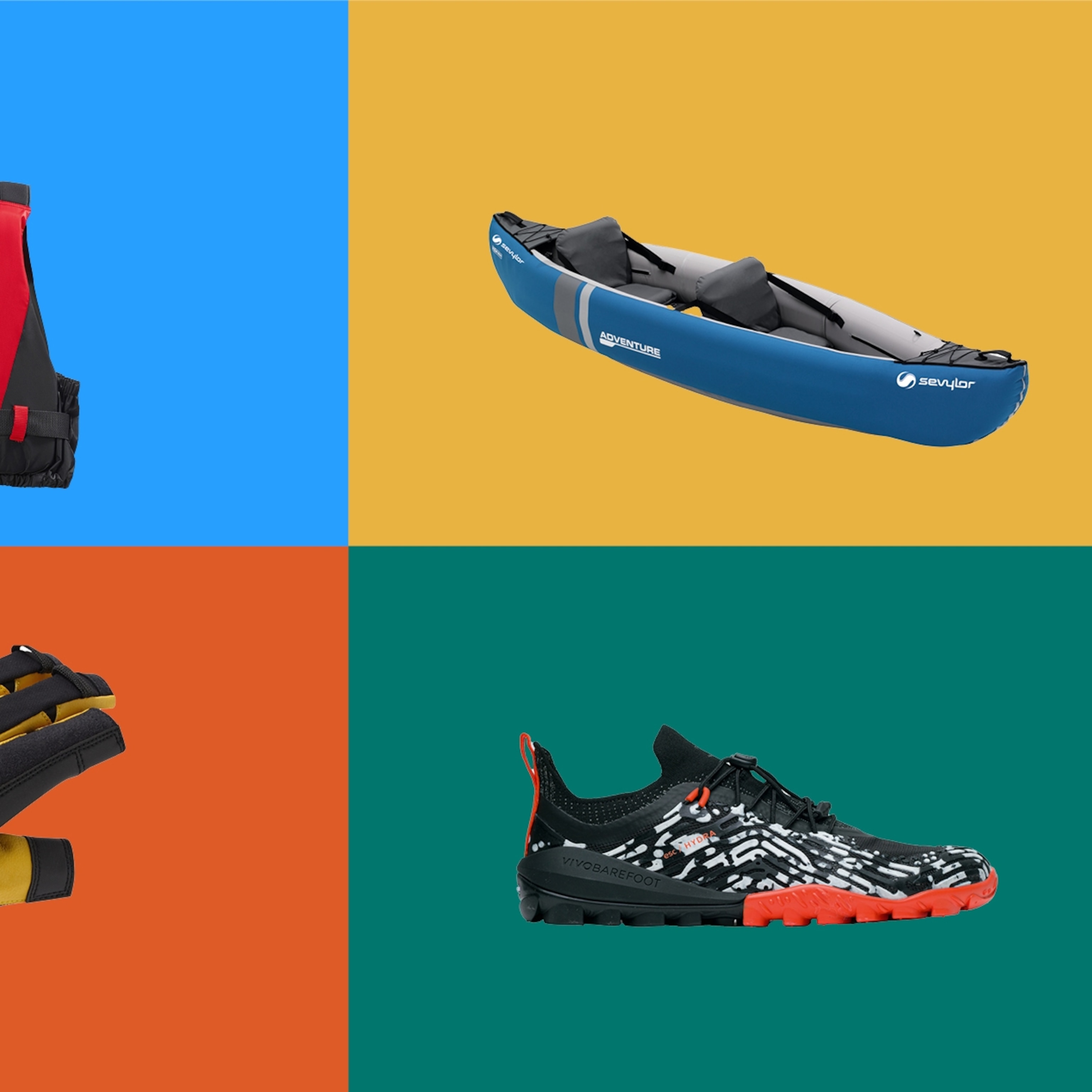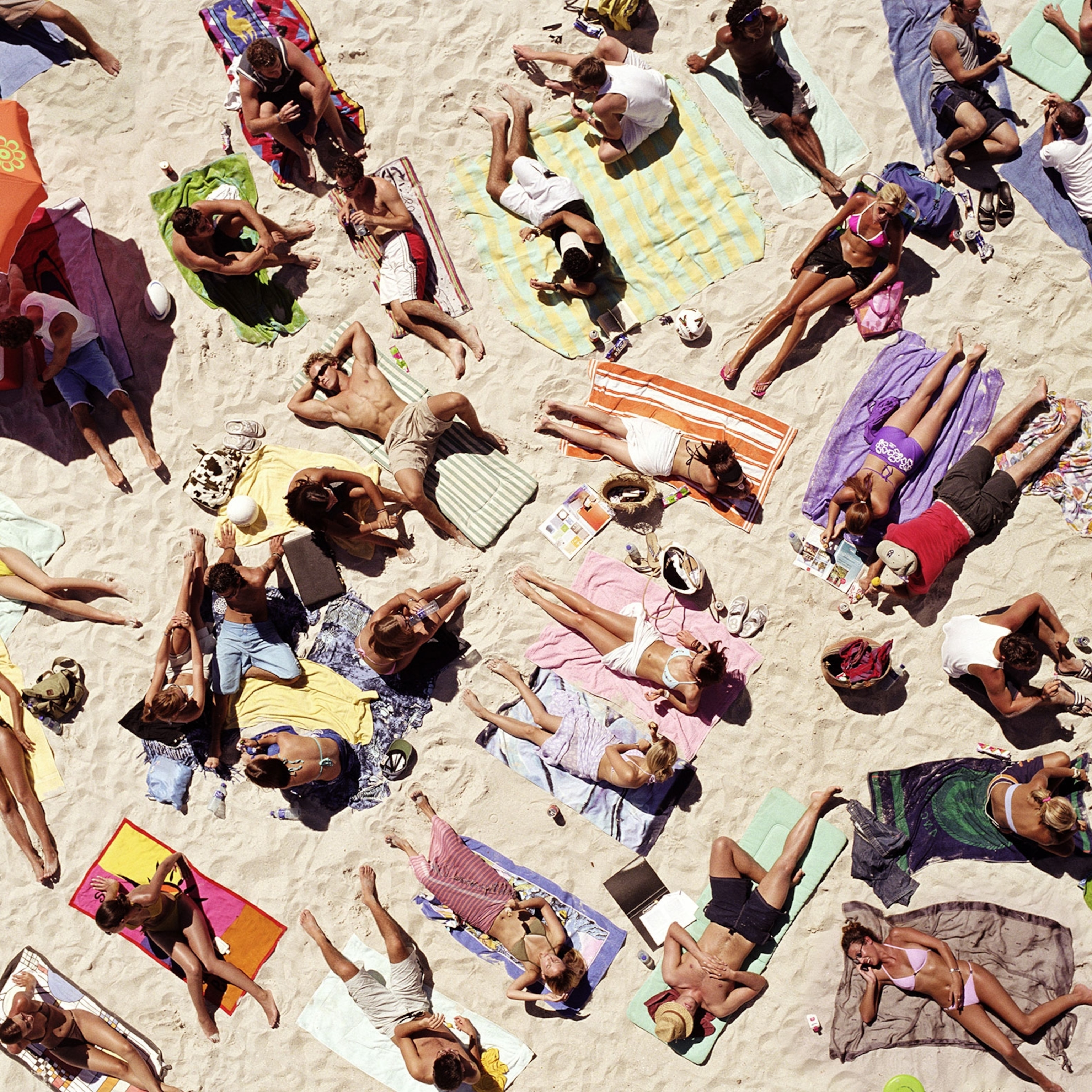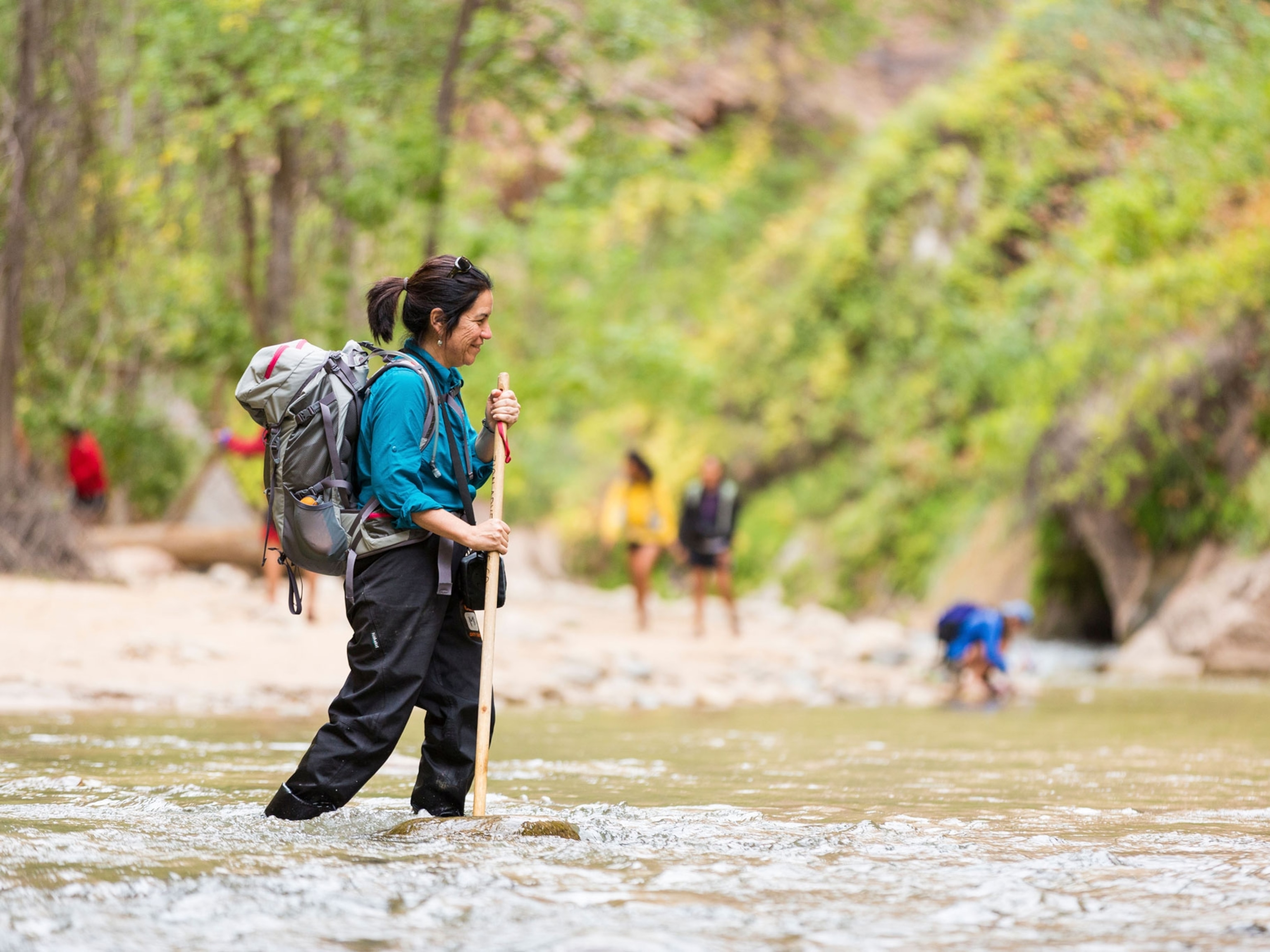Don’t paddle out without these key kayak accessories
The right extras, from grippy gloves to an insect repelling sunhat, can step up your next adventure.
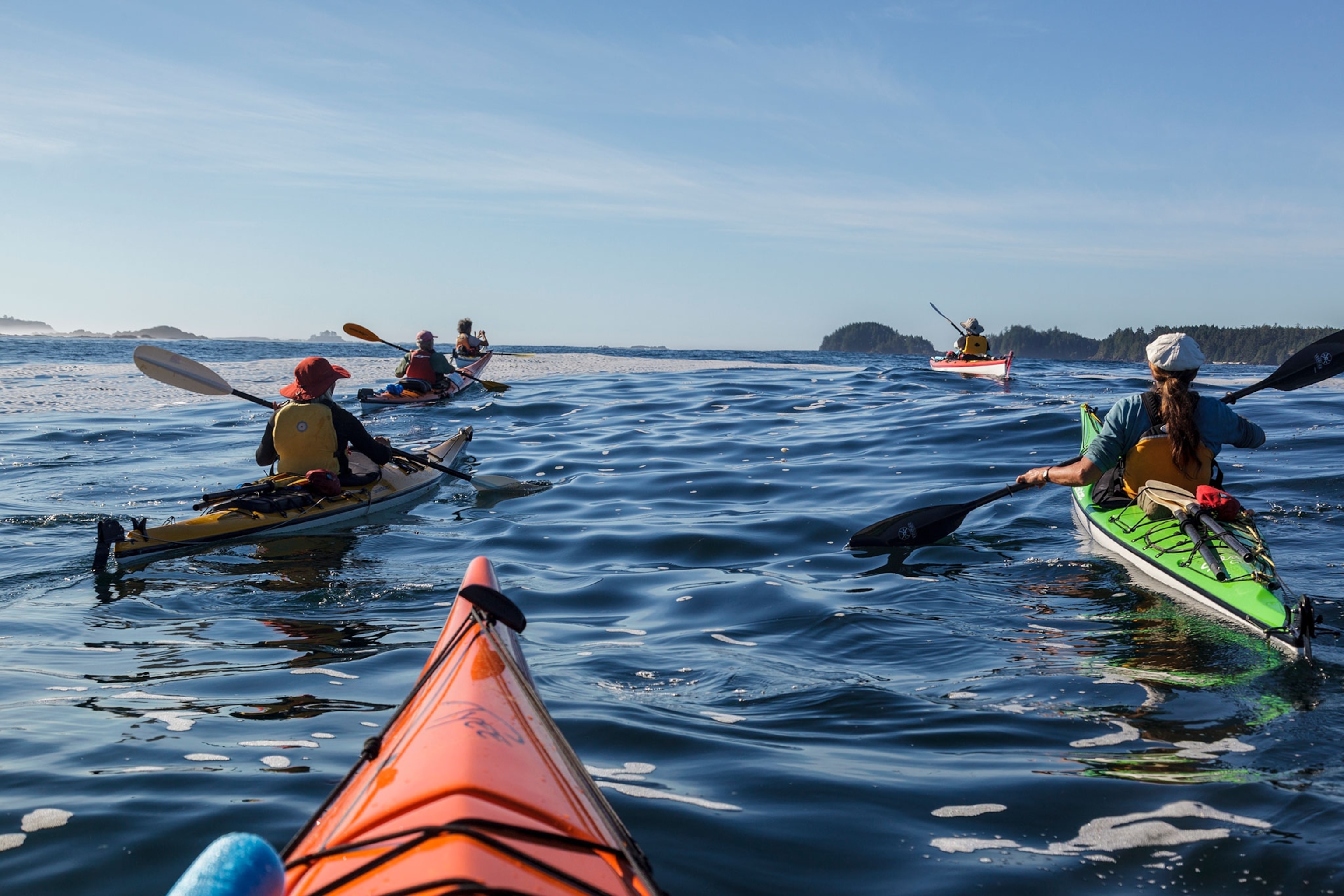
The perfect paddling adventure relies on more than a great destination. In addition to a sturdy kayak, you need good quality gear that won’t fail a few paddle strokes into your trip.
As a longtime journalist and outdoor enthusiast who spends lots of time on the water, I know my way around kayak accessories and gear. I often paddle whitewater rafts and sea kayaks, but to compile this list of best kayak accessories, I primarily tested products for recreational kayakers paddling mostly still or slow-moving water.
After extensive research and testing, here are my top picks for gear that will help make the most of your next kayak trip.
Our picks for the best kayak accessories
• Best kayaking shoes: Women’s Teva Hydratrek; Men’s Keen Hyperport H2
• Best kayaking sunglasses: Costa Del Mar Santiago Aviator
• Best kayaking gloves: NRS Guide Gloves
• Best kayak rack: Thule Hullavator Pro
• Best kayak paddle: NRS Ripple
• Best kayak cooler: Bote Kula
• Best kayaking hat: Insect Shield Packable Hat
The best kayaking accessories
When shopping for kayak accessories, look for products that are actually waterproof, especially for bags. Clothing and sandals should be made of quick-drying materials. Durability is also important.
Because you have limited space in a kayak, accessories must perform the task they were built for and more. Shoes should be grippy in wet conditions and protect your toes. Coolers should be sturdy enough to use as a seat when you’re on shore. A hat should shield you, not just from harmful UV rays, but also from pesky insects. Read on for how our top picks stack up.
Best dry bag for kayaking: SealLine Discovery View Dry Bag and Sea to Summit Big River Dry Bag
SealLine’s Discovery View drybag has a mostly see-through strip down the middle, which is ideal if you’re like me and can never remember where you placed certain items of gear. (The brighter the colors, the better the visibility.) A purge valve lets you remove excess air from the bag after you seal it.
Made with a dense 420D nylon waterproof fabric, the Sea to Summit Big River drybag is made to resist tears and feels really durable. If you need to lash items to the outside of your kayak or a bicycle, the Big River may protect them a bit better than the SealLine.
Peter Bloomquist, the owner of a paddling livery in Indianapolis, Indiana, and guide, says he looks for dry bags with reinforced bottoms, which both of our top picks have. He loves the white interior of the Sea to Summit bags, which makes it easier to quickly find items.
You can’t go wrong with either option. Both brands offer dry bags in multiple sizes that are made with sturdy, high-quality buckles and sealing strips.
One thing to note: If they’re submerged for a long time, roll-top dry bags won’t keep your gear completely dry. If you’re carrying expensive gear or electronics, such as camera equipment, then double bag them or put them in a completely waterproof case.
(Waterproof backpacks may be the perfect travel bags)
Best kayaking shoes: Women’s Teva Hydratrek; Men’s Keen Hyperport H2
On a kayaking trip with multiple long portages in Isle Royale National Park, I failed to put enough thought into my choice of footwear. Unsurprisingly, my feet were wrecked for weeks afterward.
You can prevent my mistake with either one of these kayaking shoes. Teva’s Hydratek and Keen’s Hyperport H2 closed-toe sandals are very similar. Both are waterproof and dry quickly. They’re made with comfortable straps and thick, grippy soles.
My wife found it easy to slip in and out of the Tevas and says they’re exceedingly comfortable with plenty of cushioning and support. I wore the Keens in rivers, lakes, and the ocean and found they held up very well with few, if any, issues.
Both shoes have protected toe boxes that keep your little piggies safe when you’re up against rocks but can also trap sand and pebbles. However, that’s a tradeoff I’m willing to make.
If you’re looking for a standard shoe design instead of a sandal, Astral’s surprisingly stylish Loyak may fit the bill. Besides being waterproof, there are drainage ports in the toe and heel sections. The grippy soles help your feet cling to wet rocks and docks.
(These are the best walking sandals for men)
Best kayaking sunglasses: Costa Del Mar Santiago Aviator
Constructed almost entirely from plastic made from recycled fishing nets, according to the brand, Costa’s Santiago sunglasses make you feel good and look good. The recycled plastic has just enough flex to make them difficult to snap under normal use, but I’m not sure how much actual abuse they could take.
Luckily, this pair comes with a sturdy carrying case, plus the company offers a two-year guarantee against manufacturing defects (one year on lenses).
The huge, polarized lenses prevent glare from the water, enhance clarity, and allow paddlers to see obstacles more clearly, Bloomquist says.
“Polarized lenses help you not only see the painted turtle swimming under your boat, but also see boulders or trees that have been covered up by rising water,” he adds.
The factory lenses have a strong, scratchproof coating, and 100-percent protection from UV rays, according to the brand. It’s easy to get prescription lenses too.
Best kayaking gloves: NRS Guide Gloves
Nothing sucks the fun out of a kayaking trip faster than blisters on your hands from paddling. “I was paddling with a group in Wisconsin, battling 10-to-20-knot winds for most of the day. That night we all had blisters on our hands,” says Bloomquist. “Going forward, I used gloves.”
At about $30, these fingerless NRS Guide gloves offer great value. They put a thin layer of neoprene padding between your hands and the paddles. A silicone pattern across the palms and fingers enables a good grip, even when wet. I liked that better than gloves with sewn-in or molded padding like bicycle gloves. In my experience, that kind of padding usually wears out after a season or two. These gloves also come with a handy snap fastener to keep them together.
Because these gloves are made of neoprene, your hands can get a little sweaty on very hot days. The gloves contour to your hands, but that means they may be a bit more difficult to take off.
Multiple reviewers on the NRS website say these gloves run small, so you may want to order a size larger. NRS offers warmer, full-fingered options for when the temperature drops.
Best kayak rack: Thule Hullavator Pro
Sliding a heavy kayak onto a roof rack can be difficult, especially if you’re trying to do it on your own. Thule’s Hullavator Pro has a cradle that folds down alongside the vehicle letting you slide the kayak onto it. From there, you tighten the clamping rack, strap down the kayak, then, with the rack’s spring-loaded assistance, lift it back onto the roof.
Multiple reviewers on REI, Reddit’s paddling community, and Thule’s own website say the Hullavator made loading and unloading kayaks so easy, kayakers are spending much more time on the water.
The Hullavator feels sturdy and well made—that’s expected from a company that’s been churning out roof racks for decades.
On the negative side, the nearly $900 MSRP is pretty steep—even more so since it requires Thule load bars for mounting, which are sold separately.
(We’re packing sun shirts on our next sunny adventure)
Best kayak paddle: NRS Ripple
Liz MacNeil, a global nomad and Antarctica paddle guide, says good paddling technique is more important than having the best or most expensive paddle. But when she’s picking a new paddle for a long-distance trip, she looks for a lightweight model.
“The heavier they are, the more you have to work,” and the more tired you are at the end of the day, she says.
Of the paddles we reviewed, we feel the $150 NRS Ripple offers good value for performance.
The two-piece Ripple comes in seven lengths for most paddler sizes. At right around two pounds, it’s heavy enough to withstand abuse on the water, but light enough to use all day without reducing your arms to rubber. Expert paddlers love the blade angles, which are designed for deep strokes through even the roughest water.
One common complaint among reviewers is that the fiberglass-reinforced plastic paddle blades are attached via rivets that are more apt to break when abused. They also note the locking pin can fail with heavy use, especially in saltwater.
Best kayak cooler: Bote Kula
Designed for Bote kayaks and paddleboards, the five-gallon Bote Kula makes a terrific daytrip or solo-weekend companion. It’s well insulated, keeping ice frozen for hours or days, depending on conditions. I love that you can use the Kula as a camp seat or table (the handle pulls down)—a big plus when limited space requires gear that can do double duty.
The Kula’s rubber latching system works well, keeping the lid securely fastened. The sides of the lid make it easy to lash the cooler to the deck of your boat. A drain at the bottom quickly removes all water so you can fully dry it before storing.
One downside: The lid is designed to hold Bote drinkware. It didn’t adequately accommodate any of my metal coffee cups or water bottles, not to mention cans, even after a light jostling.
When empty, the Kula weighs 13 pounds and feels fairly bulky—you’ll need some muscle to haul it onto shore fully loaded.
(Here are the best swimsuits for women)
Best kayaking hat: Insect Shield Packable Hat
A sun hat is almost mandatory while kayaking, especially in sunnier seasons. “You need something that’s going to both keep you cool and protected from the sun,” says Bloomquist.
Treated with an insecticide called permethrin, this hat repels most insects—including mosquitoes, ticks, and flies—and has UPF50+ sun protection, says the brand.
The hat is very lightweight, dries quickly, and has mesh vents on the side for ventilation. A drawstring crown cord and a chin strap help lock the hat down on windy days.
While I liked the hat overall, I noticed one small annoyance—a squeak where the wire meets fabric in the outer brim, almost like the sound of two cheese curds rubbing up against each other. It’s noticeable when you’re actively jostling the hat, so you may not hear it often while you’re wearing it.
Insect Shield claims the hat can be washed 70 times before you need to reapply the insecticide.
(We found the perfect swim trucks for men)
Frequently asked questions
What equipment do I need for kayaking?
If you’re kayaking for the first time, it’s best to join a group or guide for a short outing. You’ll likely only need a few things like a waterproof backpack, a wide-brimmed hat with a strap and neck guard like our pick the Insect Shield Packable Hat, and good polarized sunglasses. Try our favorite, the Costa Del Mar Santiago.
If you’ve tried kayaking with a group and want to strike out on your own, you can start with a few basics, including a personal floatation device and a paddle. The rest is a matter of personal preference, but our list of kayak accessories and gear can be a great starting point.
How to make kayaking more comfortable?
Having your kayak dialed into your preferences is by far the best way to ensure comfort. Spend some time adjusting the footpegs and seat straps, making sure they’re in the optimal spots for your height and build.
Some paddlers upgrade to a padded seat or back rest, but most paddlers do fine without such extras. A lightweight paddle is a plus, as well as having proper sun protection, like a hat, sunglasses, and stick sunscreen.
(These are the best stick sunscreens, according to dermatologists)
What accessories should I get for my kayak?
The accessories you buy depends on personal preference and budget. The most important purchases are a well-fitting personal floatation device and quality paddle. Never skimp on those two items, particularly the personal flotation device.
From there, choose items that will make you more comfortable, such as a good cooler (we like the Bote Kula) or polarized sunglasses (like our pick, the Costa Del Mar Santiago), and anything else that can help you enjoy your time outdoors, such as a fishing rod holder.


